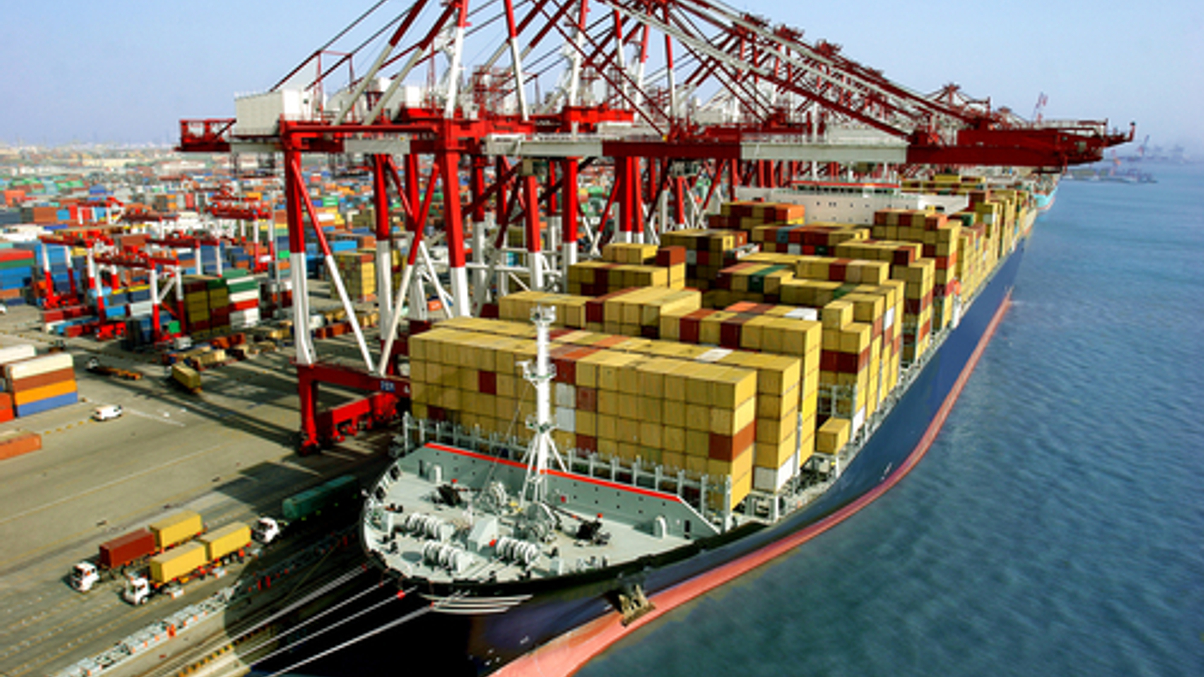Governments urged to take on more Belt and Road risk
Large institutions such as CPPIB, HSBC and Macquarie flag obstacles deterring private capital from investing in emerging market infrastructure.

Most investors will continue to shun infrastructure in emerging markets, including projects covered by China’s Belt and Road initiative (BRI), unless governments take on more of the risk.
Sign in to read on!
Registered users get 2 free articles in 30 days.
Subscribers have full unlimited access to AsianInvestor
Not signed up? New users get 2 free articles per month, plus a 7-day unlimited free trial.
¬ Haymarket Media Limited. All rights reserved.


